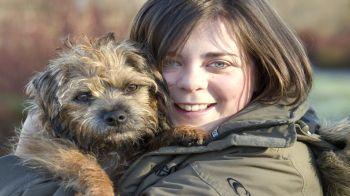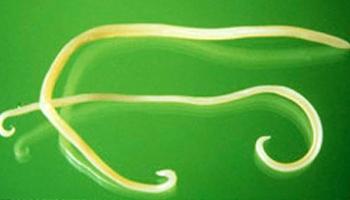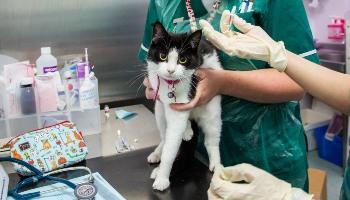Flystrike in Pets - Risk Factors & Prevention | RSPCA - RSPCA
Flystrike in pets
Flystrike is a painful and sometimes fatal condition caused by flies laying their eggs on another animal. These hatch into maggots, which eat the flesh of their 'hosts'. If your pet becomes infested, ask a vet for help immediately.
Which pets are most at risk?
Pets with dirty rear ends or generally dirty fur are particularly at risk of flystrike.
This may happen in animals which:
- Are unable to clean themselves properly
- Are ill - they may produce abnormally smelly urine or have diarrhoea
- Are fed the wrong food
- Have an internal parasitic infection
- Have open wound(s).
Even clean, well-kept pets can get flystrike.
Preventing flystrike in pets
Flystrike can happen in a matter of hours and can quickly lead to toxic shock and death.
Some of the things you can do to help prevent flystrike include:
- Daily health checks - check for signs of illness, injury and abnormal behaviour daily.
- In warm weather, check your pet all over their body, especially around their rear end and tail area, at least twice a day.
- If your pet's back end is dirty, clean it immediately with warm water and ensure the area is dried thoroughly. You may need to clip their fur, but ask a specialist if you're not sure how to do this.
- Clean toilet areas every day.
- Clean housing and change bedding at least once a week.
- Ensure your pet isn't overweight and feed them the right food.
- Insect-proof outdoor animal housing - putting net curtains over hutches and runs, etc.
- Neuter female rabbits, as unneutered females may be more prone to flystrike.
Speak to your vet for more advice on the best way of reducing the risk of flystrike before the warmer weather starts between April and October.
Read our pet advice for more tips on caring for your pets.
Stay in touch
Sign up to receive our emails today. Get more pet care advice, hints and tips on helping wildlife, our latest news, rehoming success stories and more directly to your inbox.



